The episode of Revisited covering The Ninth Configuration was Written by Matthew Pejkovic, Narrated by Kier Gomes, Edited by Jaime Vasquez, Produced by Lance Vlcek and John Fallon, and Executive Produced by Berge Garabedian.
For many people the name William Peter Blatty will forever be linked to The Exorcist, the best-selling 1971 novel penned by Blatty that tells the story of a demonically possessed 11-year-old girl and the two priests who attempt to save her. Blatty would go on to adapt his novel for the 1973 feature film of the same name which, under the direction of William Friedkin, would enrich itself in the history of cinema as one of best horror movies ever made, in the process winning Blatty an Oscar for Best Adapted Screenplay. Blatty’s presence as a filmmaker, though, wouldn’t be felt until the release of The Ninth Configuration (watch it HERE), an adaptation of Blatty’s own novel that is an intelligently written and brilliantly performed delve into belief and madness, good and evil, that also marks the second installment in Blatty’s “Faith Trilogy” that is bookended by The Exorcist and The Exorcist III: Legion.
Although it bombed at the box-office, The Ninth Configuration received strong reviews and to this day has a cult following due to its enduring themes and surreal yet profound filmmaking.
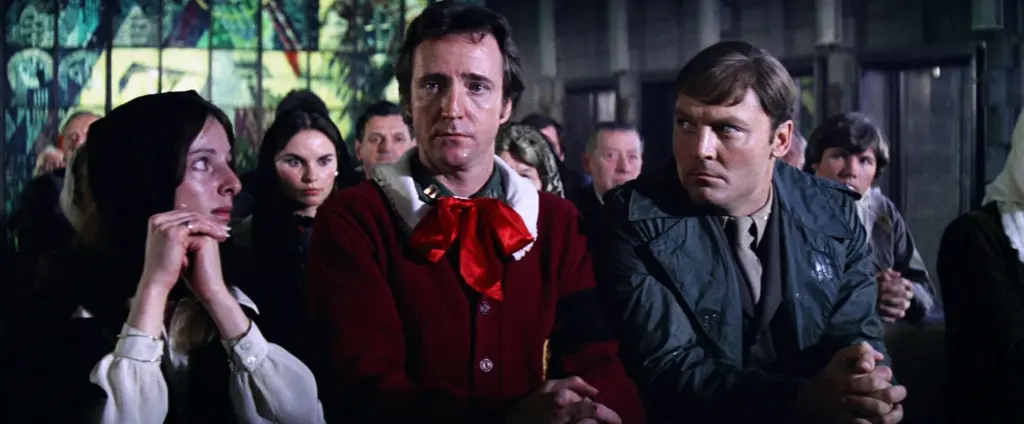
The Ninth Configuration stars Stacy Keach as Colonel Vincent Kane, a psychiatrist at a military home for “disturbed” servicemen. The home in question is located inside a huge castle, gothic and imposing, the kind of place that could be used for vampire movies or medieval period films. When one patient says, “welcome to Transylvania”, he isn’t kidding. Kane is tasked with determining whether these patients are insane or faking it to stay out of service. Kane institutes an unorthodox method to achieve this: he lets the nuts take over the nuthouse, resulting in all matter of whacked out spectacle.
Key among Kane’s patients is Captain Billy Cutshaw, an astronaut played by Scott Wilson, who went mad during an attempted launch to the moon and suspects Kane might be masking a madness of his own. The core of The Ninth Configuration is found between the at times antagonistic conversations between Kane and Cutshaw, with Kane’s belief that the world is a good place inhabited by good people constantly countered by Cutshaw’s belief – and fear – that we are all just hovering in an empty universe without purpose. Blatty presents these ideas with vigorous intelligent writing, filled with depth, and delivered with spirit by an impressive cast of character actors.
Zany, pitch black humour melds seamlessly with drop-dead serious subjects and moments of shocking violence. A didn’t-see-it-coming twist, that was ground-breaking at the time, set the tone for many psychological thrillers to follow.
The road to the making of The Ninth Configuration had its own twists and turns. Blatty first released the novel under the original title “Twinkle, Twinkle Killer Kane!” in 1966 as a rambunctious military comedy farce that dealt with heavy themes such as PTSD and the existence of God. During this time Blatty was known more for his comedy novels and screenplays. This included A Shot in the Dark, the second (and best) film in The Pink Panther series that starred Peter Sellers as a bumbling French detective Inspector Clouseau and was directed by Blake Edwards. Blatty would collaborate with Edwards several more times before he would release his defining work, “The Exorcist”, in 1971.
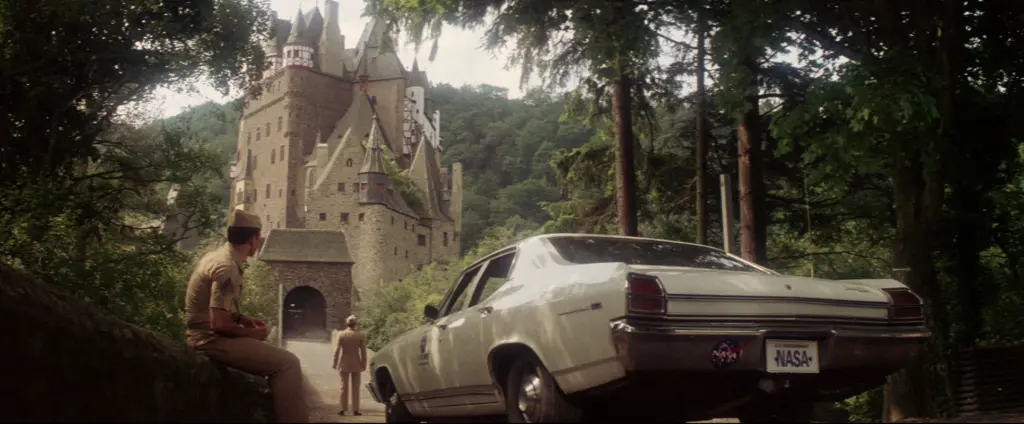
After the success of “The Exorcist” novel and film adaptation, Blatty decided to rewrite “Twinkle, Twinkle Killer Kane!” using the same set of notes with which he wrote the first version. Blatty would state that the characters of Kane and Cutshaw haunted him, which a former wife reasoned at the time was because they are the opposing poles of Blatty’s own person. Blatty also wanted to repay and pass on what he had learned from eight years of Jesuit education, namely his defense for the existence of God and an exploration into the mystery of goodness in an increasingly mad world.
“The Ninth Configuration” novel was released in 1978. One of the numerous changes Blatty made from “Twinkle Twinkle Killer Kane!” is a direct link to The Exorcist in the form of Cutshaw’s astronaut being the very same character that young Reagan warns “you’re gonna die up there” at her actor mother’s swanky party at their Georgetown home. Blatty has indeed declared The Ninth Configuration, both the novel and film, as the true successor to The Exorcist, as opposed to the dismal Exorcist II: The Heretic released in 1977 that Blatty was not involved in.
The Ninth Configuration is also a part of a “Faith Trilogy” in which it’s three movies deal with eternal theological and philosophical questions: The Exorcist deals with the question of God by confirming the existence of demons and the power of religious faith to deal with them; The Ninth Configuration delves into the mystery of goodness by asking that, if we are indeed soulless atomic structures who should consistently serve our own selfish needs, why is there love and sacrifice in our world?; finally, The Exorcist III: Legion explores the problem of evil in the form of a supernatural detective story.
With such heavy theological themes, Blatty struggled to find the funding needed to bring The Ninth Configuration to the screen, despite the success of The Exorcist. Blatty sold his home in Miami to help finance the film, while an additional suitor would come in the form of the Pepsico Corporation and with them an unlikely filming location – Budapest, Hungary –which at the time was under Communist rule. While all the interior shots were shot a studio in Budapest, the exterior shots of the military-run insane asylum – that is the films’ central location – was shot at Eltz Castle in Wierschem, Germany.
Cast in The Ninth Configuration were a group of character actors whose notoriety off the screen were just as reputable as their performances on screen. Originally cast in the role of Kane was Nicol Williamson, the late Scottish actor whose acclaimed performances on stage and screen was matched by his reputation for his violent tantrums and antics on set and on the stage. Two weeks into rehearsal in Budapest, Blatty felt that Williamson was miscast in the role of an American colonel and replaced him with Stacy Keach. The late Scott Wilson replaced actor Michael Moriarty in the role of Captain Billy Cutshaw. Acclaimed actors Ed Flanders, Robert Loggia, and Tom Atkins all played supporting roles, yet the two actors that gave Blatty the biggest headaches were Jason Miller – who played Father Karris in The Exorcist – and the notorious Joe Spinell.
Miller and Spinell’s penchant for embracing excess of all facets was felt throughout the production of The Ninth Configuration, with the pair frequenting Budapest’s underground black market and local bars with such frequency that Blatty had to post the next day’s call sheet at midnight so no one would leave their hotel. The Miller and Spinell double act came to a crescendo one night at the Budapest Hilton, where on the fourth-floor discotheque Miller and Spinell started a fight with the ambassador to Nigeria that led to a brawl. Both men were threatened with expulsion from the country, yet Spinell managed to sweet talk their way out of the tricky situation by sharing antidotes from his time on The Godfather with the local police.
Blatty urged his actors to find their own means of expression in portraying their uniquely written characters, resulting in impressive, spirited performances from an impressive cast of character actors. Blatty also played the music that was scored for the film by Barry DeVorzon to his cast and crew prior to filming as a source of inspiration.
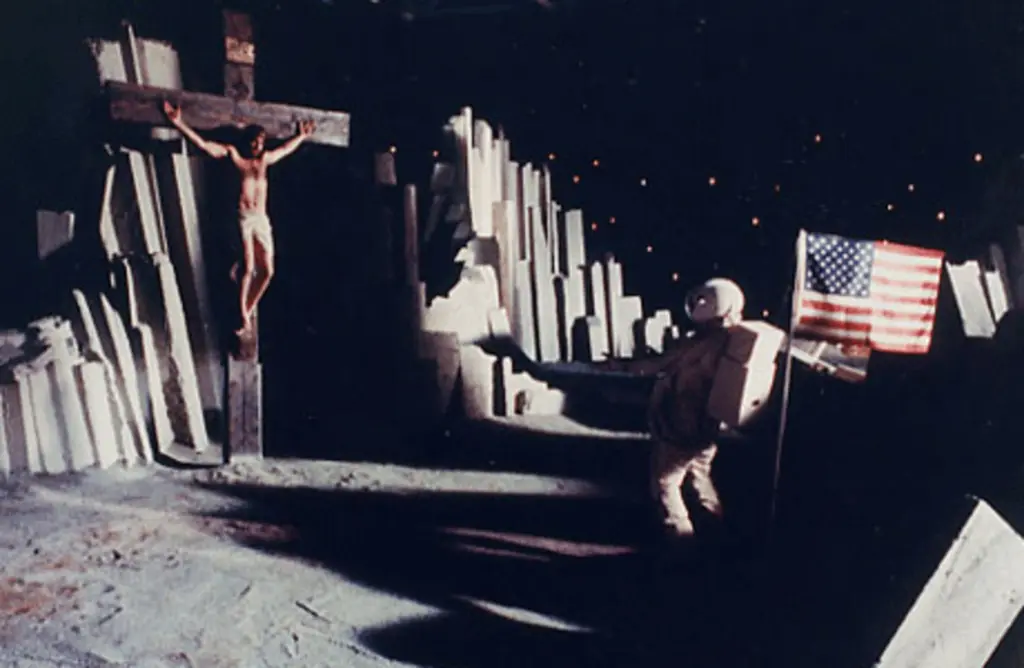
Blatty’s filmmaking style is as unique as his writing; driven by atmosphere and set to its own unique rhythm often determined by the witty, rich dialogue that is especially felt in the conversations between Kane and Cutshaw, The Ninth Configuration frequently blurs the line between the sane and the insane, the surreal and the profound. Early scenes of whiplash inducing comedic farce are just as memorable as a haunting dream sequence in which an astronaut on the moon finds a life size crucifix.
Fuelled by Blatty’s Catholicism, The Ninth Configuration delves into the darkness that plagues humanity, whether it be violence, corruption, or the supposed absence of God, resulting in a world alone and afloat in a sea of nothingness. Yet combating this is always the presence of the divine, which Blatty presents in the sacrificial acts of good men.
Part thriller, part scatterbrain comedy, and part theology lesson, The Ninth Configuration is a film wholly unique and worth seeking.
Two previous episodes of Revisited can be seen below. To see more of our shows, head over to the JoBlo Horror Originals channel – and subscribe while you’re at it!


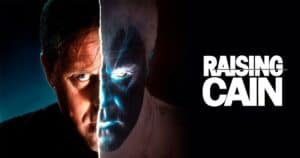
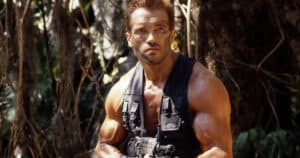
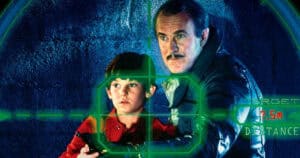

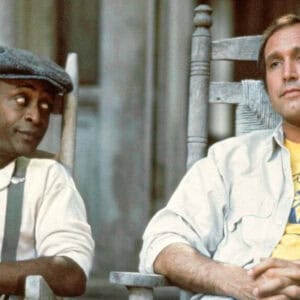
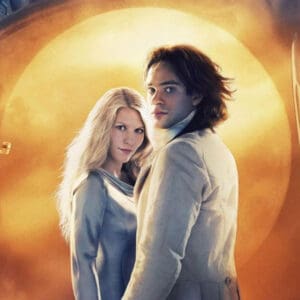
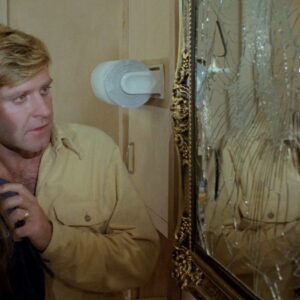
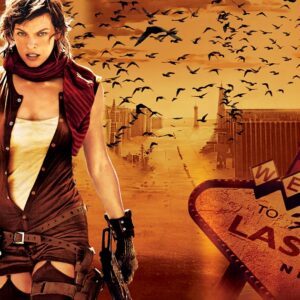
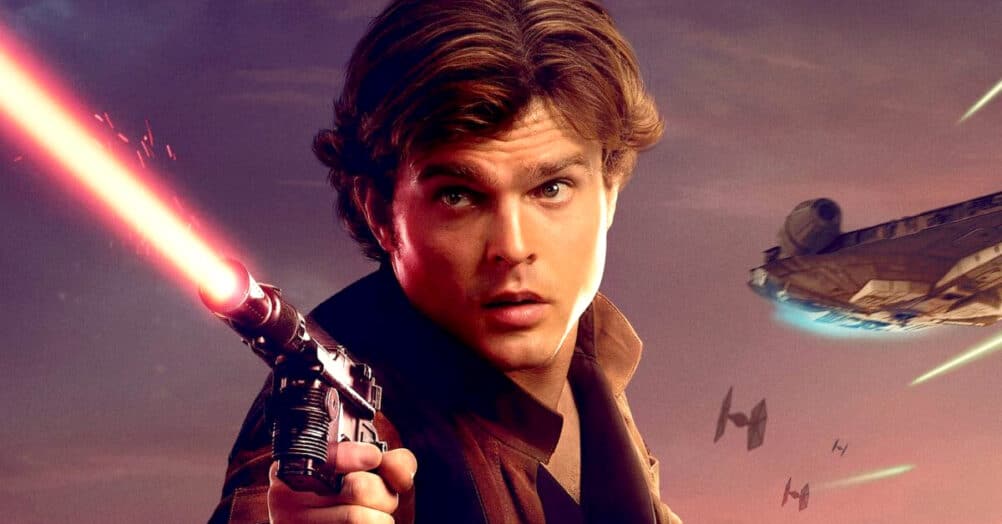
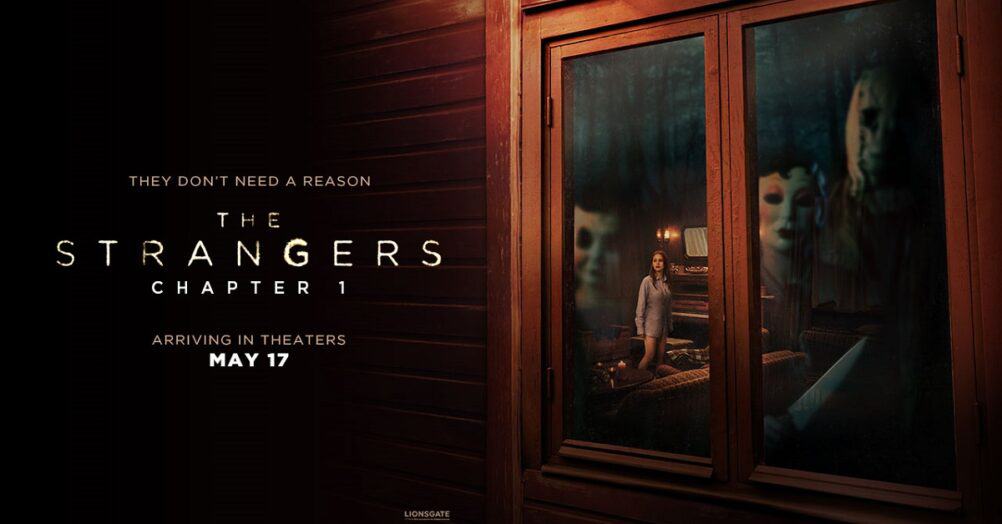
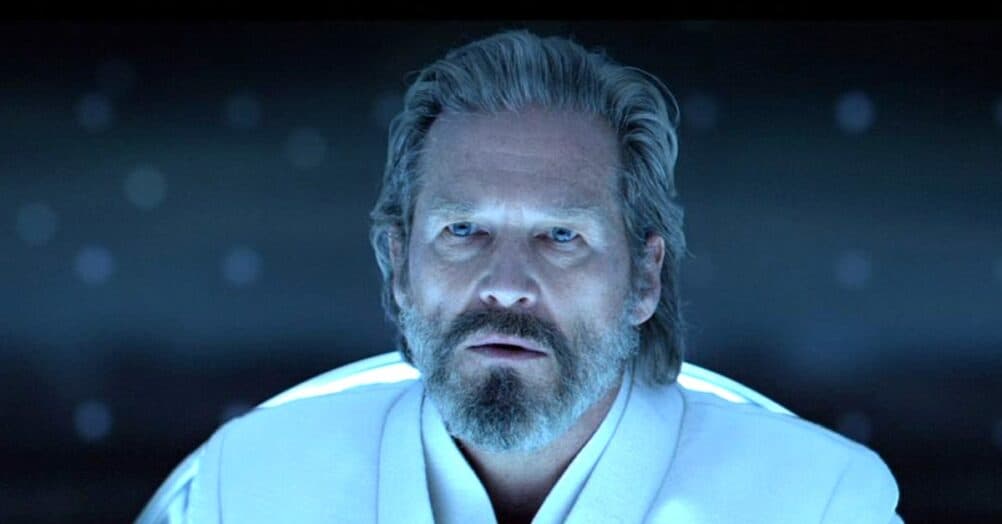
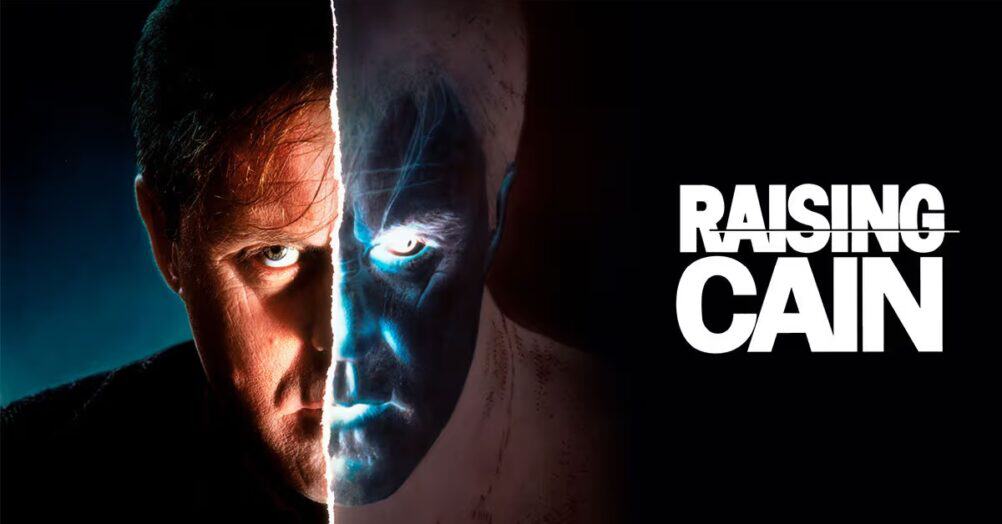
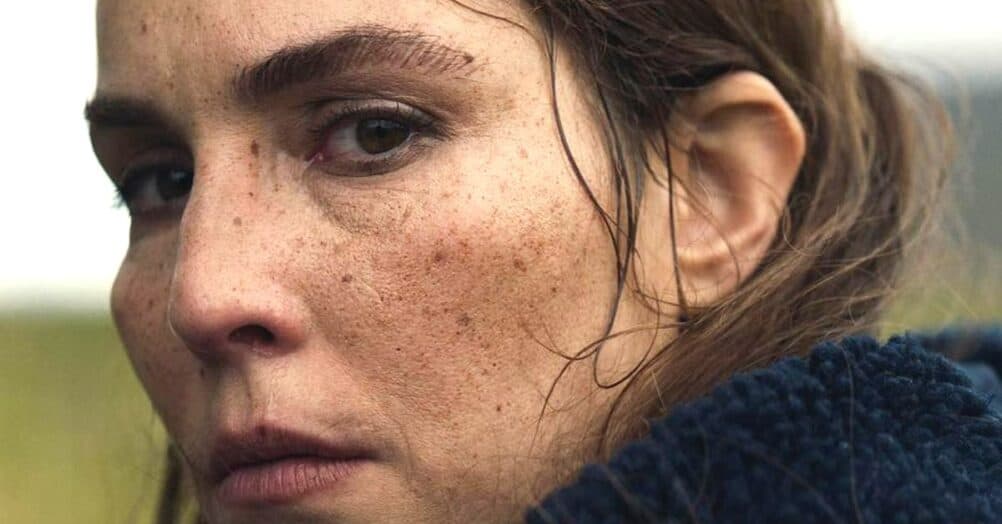
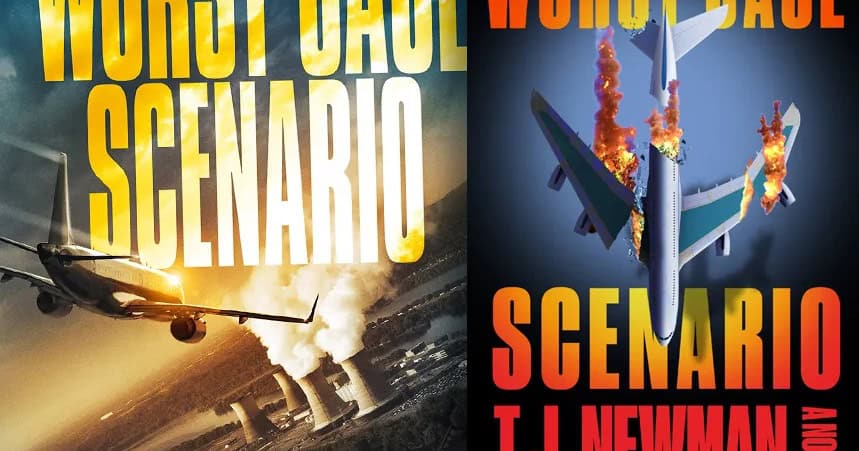
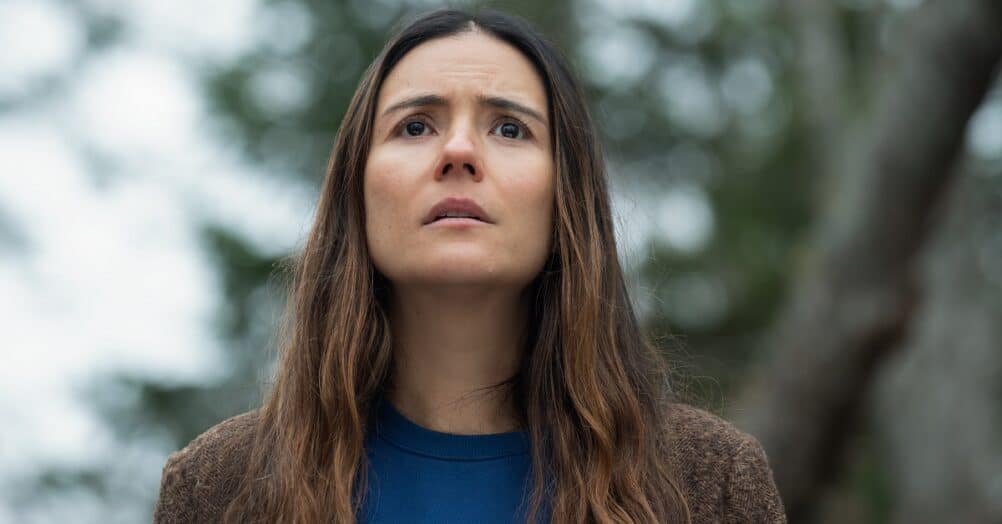

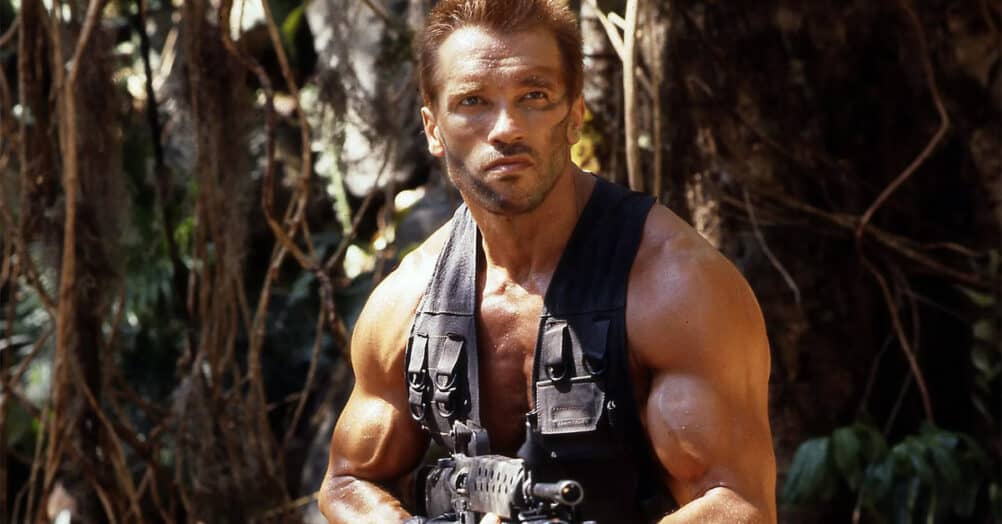
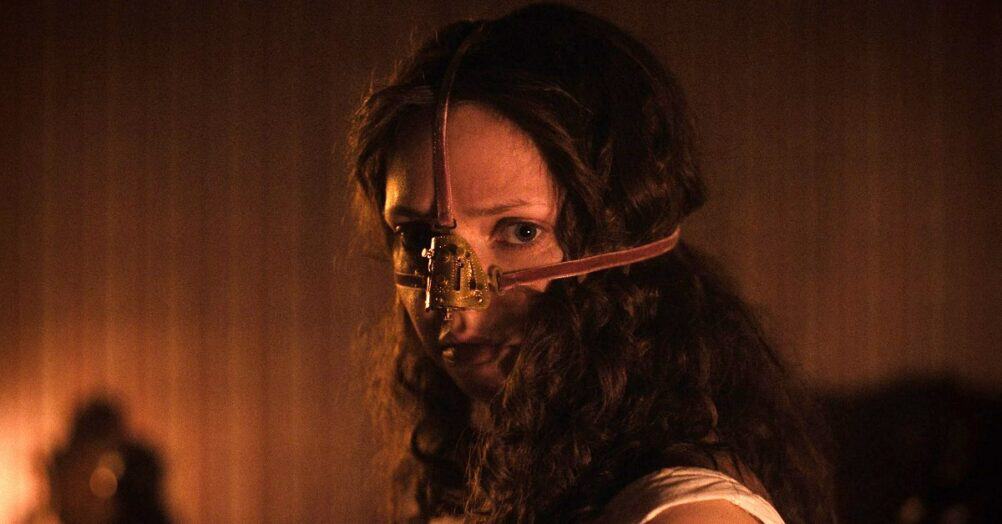
Follow the JOBLO MOVIE NETWORK
Follow us on YOUTUBE
Follow ARROW IN THE HEAD
Follow AITH on YOUTUBE